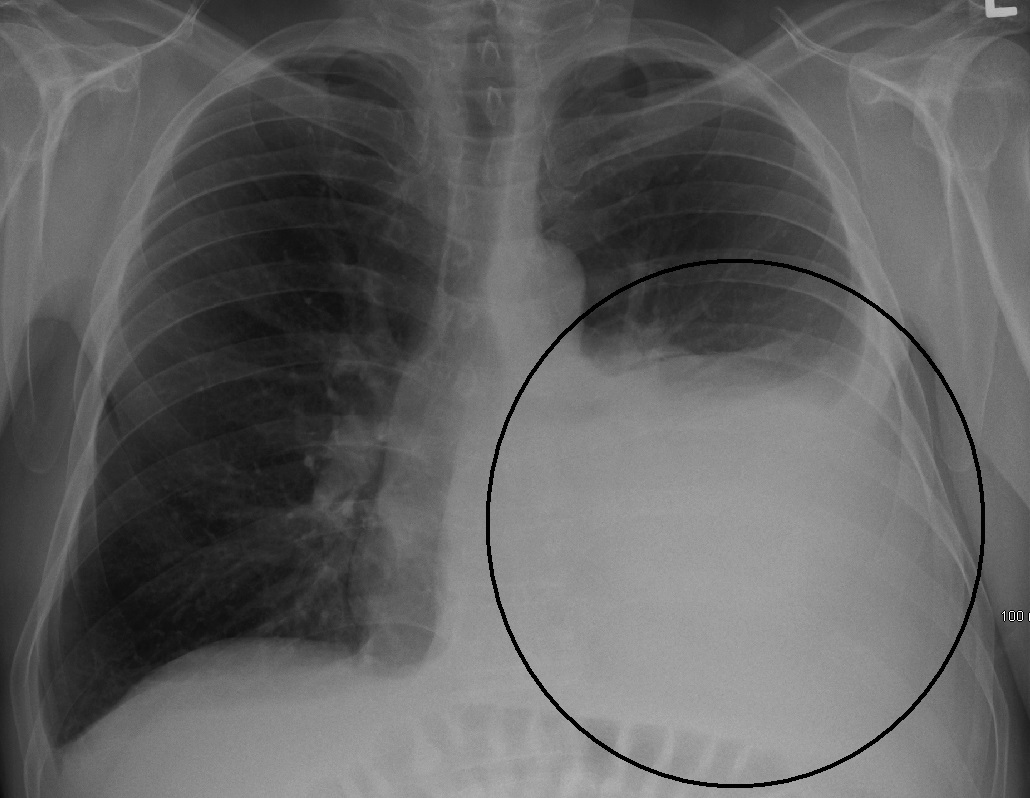Dr Owais Kadwani
Respiratory Consultant
Specialist expertise: Pleural Effusions, Pneumothorax, Asthma, Breathlessness, Cough, COPD, Lung Cancer, Lung Nodules, Haemoptysis, Bronchoscopy, Chest Ultrasound, Respiratory Medicine.
There are several types of pleural diseases, including: Pleurisy, Pleural Effusion, Pneumothorax and Hemothorax.

The chest cavity contains the heart, the thoracic aorta, lungs and esophagus (swallowing passage). The wall of the chest cavity is made up of the rib cage and diaphragm. The pleura is a large membrane that lines the thoracic (chest) cavity and covers the lungs. The pleura produces lubricant for the lungs so they are able to move back and forth against the chest wall when you breathe.
What are Pleural Diseases?
There are a variety of conditions that emerge out of problems with the pleura. As detailed below, the causes of your disease will depend on what kind of pleural diastase you have. Broadly, the symptoms of pleural diseases are:
Causes of different types of Pleural Disease
In order to diagnose your condition, your doctor will ask you for a medical history and will then consider findings from any physical examination. If you doctor suspects you have a pleural disease, they will order you a chest x-ray, which shows the interior of the chest cavity, and a CT scan. You may be asked to swallow some dye to ensure that the blood vessels and organs show up clearly in these scans.
The treatment you receive for Pleural Disease will be based on the kind of condition that you have. Some of treatments may include:
Your doctor at OneWelbeck will discuss with you the diagnosis and surgical and non-surgical options for treatment and design you a treatment plan that is right for you.
Currently selected day
Available consultations
Causes
Chest trauma, lung/pleural cancer, chest/heart s...
Tests
Chest x-ray, CT scan
Treatments
Placement of a chest tube to evacuate air, drain...
We’ve invited the UK’s best respiratory specialists to join us as partners, with the freedom to make design and delivery decisions based on what’s best for patients.